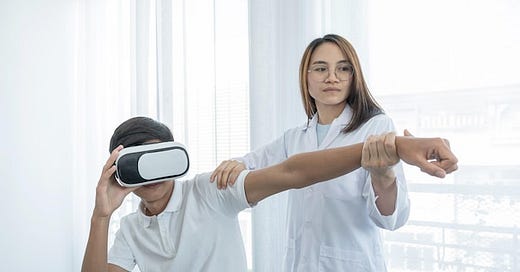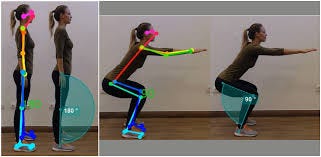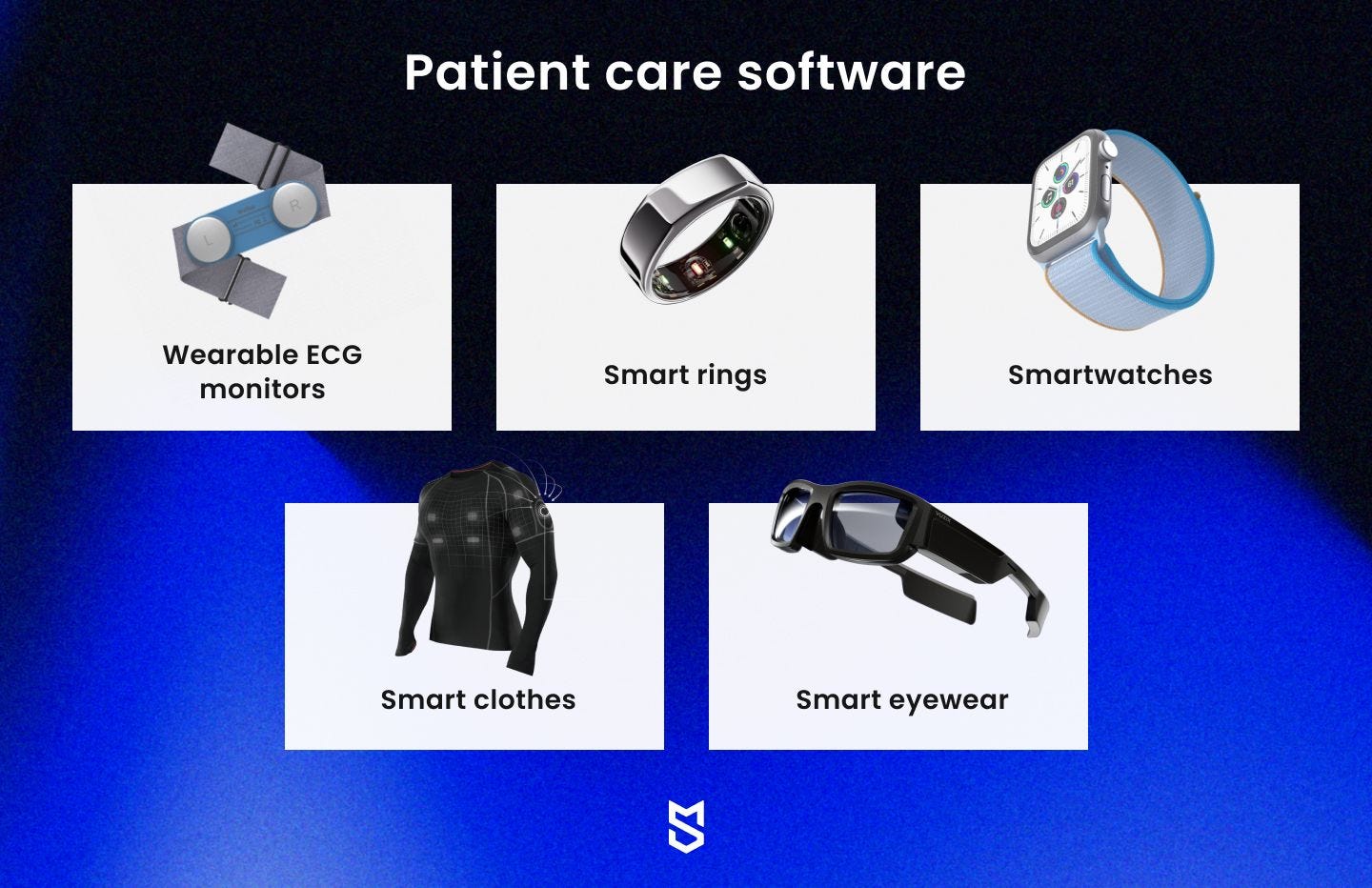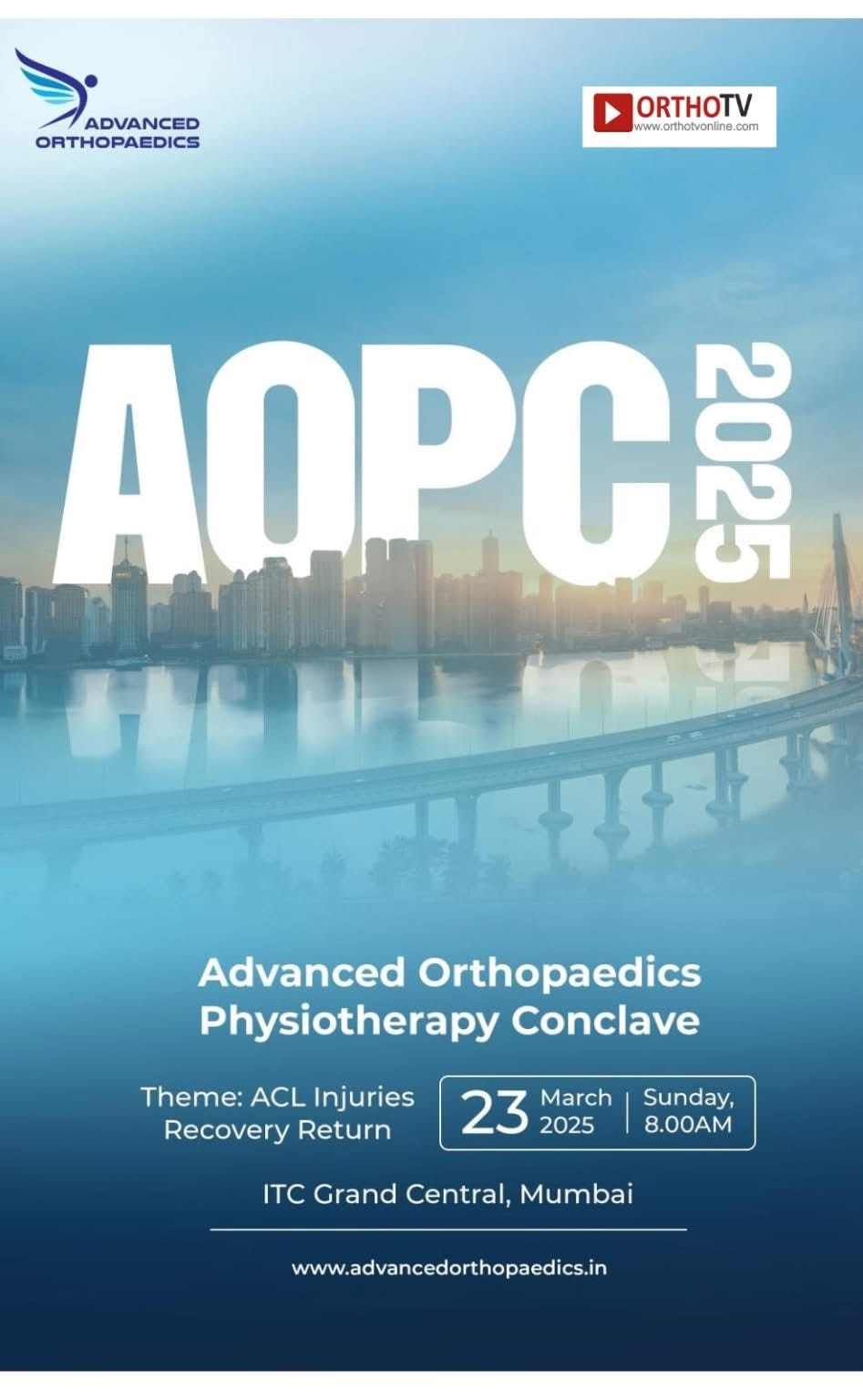Smart Rehab: How AI is Transforming Physiotherapy
Physiotherapy Post | Vol. 3, Issue 68 | March 2025
Dear Readers,
The landscape of physiotherapy is evolving rapidly, and at the heart of this transformation is Artificial Intelligence (AI). From AI-powered motion analysis to smart rehabilitation devices and personalized treatment plans, technology is reshaping the way physiotherapists diagnose, treat, and enhance patient recovery.
In this issue of Physiotherapy Post, we explore how AI is driving smarter rehabilitation, making physiotherapy more precise, efficient, and accessible. Whether it’s real-time gait assessment, virtual therapy assistants, or predictive analytics, AI is not just complementing physiotherapy—it’s redefining its future.
Join us as we dive into the latest innovations, expert insights, and real-world applications of AI in physiotherapy. The future of rehab is here—let’s explore it together!
Stay informed. Stay ahead.
Happy reading!
Physiotherapy is undergoing a paradigm shift with the integration of Artificial Intelligence (AI). Traditionally reliant on manual assessments and guided exercises, physiotherapy is now leveraging machine learning, computer vision, and robotics to enhance accuracy, efficiency, and patient outcomes. AI-driven rehabilitation solutions are revolutionizing diagnosis, movement analysis, personalized treatment plans, and remote monitoring, making physiotherapy more accessible, data-driven, and effective.
In this article, we explore how AI is reshaping rehabilitation through smart motion analysis, wearable technology, robotic therapy, tele-rehabilitation, and predictive analytics, all backed by scientific studies and real-world applications.
1. AI-Powered Motion Analysis in Physiotherapy
How it Works
AI-powered motion analysis uses computer vision, deep learning models, and biomechanical simulations to assess gait, posture, and musculoskeletal function with greater precision than traditional methods.
Key Applications
Posture and Gait Analysis: AI-based tools like DARI Motion, Kinetisense, and Physimax use markerless motion capture to detect abnormal gait patterns, joint dysfunctions, and risk of injuries.
Computer Vision in Rehab: Studies show that computer vision-based assessments are 98% accurate in detecting movement abnormalities compared to manual analysis (Journal of NeuroEngineering and Rehabilitation, 2021).
Rehabilitation Progress Tracking: AI tools continuously track range of motion (ROM) improvements, guiding therapists to adjust treatment dynamically.
Clinical Evidence
A study published in Frontiers in Sports and Active Living (2022) showed that AI-driven motion analysis improved rehabilitation efficiency by 40% compared to traditional assessments. Patients recovered faster when interventions were adjusted in real time using AI-based movement tracking.
2. AI-Powered Wearable Technology & Sensors
How it Works
Wearable devices embedded with AI-driven sensors collect real-time kinematic, electromyographic (EMG), and force data, allowing objective assessment of muscle activity and joint function.
Key Applications
Smart Wearables for Rehab: Devices like ReFlex (Reflexion Health), Exosuit (Harvard Biodesign Lab), and BioSensics wearables provide instant feedback on movement and muscle activation.
AI-Enabled Balance Assessment: Studies have shown that AI-assisted balance training improves postural stability by 37% in stroke and Parkinson’s disease patients (Neuroscience & Biobehavioral Reviews, 2021).
Pain Monitoring & Prediction: AI-based wearables can predict pain flare-ups using HRV (heart rate variability), muscle activation patterns, and motion asymmetry, allowing early intervention.
Clinical Evidence
A 2023 study in Nature Digital Medicine found that AI-powered wearables reduced rehabilitation errors by 45% and improved patient adherence to exercise programs by 30%, leading to faster recovery times.
3. Robotics & AI-Assisted Therapy
How it Works
AI-driven rehabilitation robots enhance neuroplasticity and motor recovery in patients with neurological disorders, stroke, and spinal cord injuries. These systems provide personalized therapy by adapting to a patient’s real-time performance.
Key Applications
Robotic Exoskeletons: Devices like Ekso Bionics, ReWalk, and HAL (Hybrid Assistive Limb) aid in post-stroke recovery, gait training, and spinal cord rehabilitation.
AI-Enabled Virtual Reality (VR) Therapy: Platforms like MindMaze and Neurorehab VR combine AI-driven feedback with immersive rehabilitation, enhancing brain-muscle connectivity.
Automated Therapy Sessions: AI-powered robotic arms (e.g., Armeo Spring by Hocoma) provide adaptive upper limb rehabilitation for stroke patients.
Clinical Evidence
A 2022 study in Stroke Journal found that AI-powered exoskeletons improved walking speed by 50% in post-stroke patients compared to conventional therapy. Similarly, VR-assisted therapy using AI increased functional recovery by 35%.
4. Tele-Rehabilitation & AI Virtual Therapists
How it Works
AI-driven tele-rehabilitation platforms use computer vision, AI-based exercise coaching, and chatbots to provide real-time physiotherapy sessions remotely.
Key Applications
AI Virtual Coaches: Platforms like SWORD Health, Kaia Health, and Physera use AI-driven exercise correction algorithms to guide patients outside the clinic.
Remote Patient Monitoring (RPM): AI-based motion tracking via smartphone cameras enables physiotherapists to monitor patients without wearables.
Home-Based Rehab: AI-generated personalized home exercise plans increase patient engagement and adherence by up to 60% (BMJ Digital Health, 2023).
Clinical Evidence
A study in The Lancet Digital Health (2022) found that AI-powered tele-rehabilitation led to a 32% increase in treatment adherence and a 25% faster recovery rate compared to traditional home-based rehab.
5. Predictive Analytics & AI in Injury Prevention
How it Works
AI analyzes patient history, biomechanics, and rehabilitation progress to predict injury risk and treatment outcomes before symptoms worsen.
Key Applications
Predicting Injury Risks: AI-driven analytics can forecast ACL tears, stress fractures, and muscle strain probabilities with 92% accuracy (American Journal of Sports Medicine, 2023).
Customized Recovery Timelines: Machine learning algorithms help therapists adjust rehabilitation intensity based on real-time recovery data.
AI-Based Post-Surgical Rehab: AI models predict post-operative complications and recommend optimized therapy regimens for knee replacements, spinal surgeries, etc.
Clinical Evidence
A study in JAMA Network Open (2023) found that AI models predicting post-injury complications improved recovery rates by 27%, reducing hospital readmissions.
Future of AI in Physiotherapy
AI is making physiotherapy more personalized, precise, and proactive. With ongoing advancements in deep learning, biomechanics, and smart rehabilitation devices, the future of physiotherapy will see:
✔ AI-driven self-assessment tools for early diagnosis.
✔ Integration of AI with EMG and EEG sensors for neuro-rehabilitation.
✔ Fully autonomous physiotherapy robots assisting in high-intensity rehab.
News update:
1. Michigan reports first case of measles in 2025
Read more at: Link
2. Treating chikungunya using HIV/AIDS drug efavirenz
Read more at: Link
Nimhans' new centre to study links between neuro disorders and toxins
Read more at: Link
Upcoming event/s:
Thought of the Week:
If you have any questions or would like more personalised advice, feel free to reach out to our expert team at dr.aditisingh05@gmail.com.
Wishing you a vibrant and pain-free times ahead!
Warm regards,
Team Physiotherapy Post











